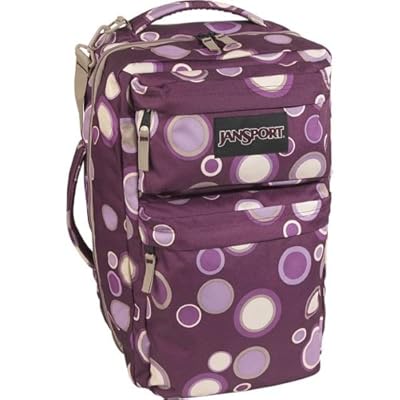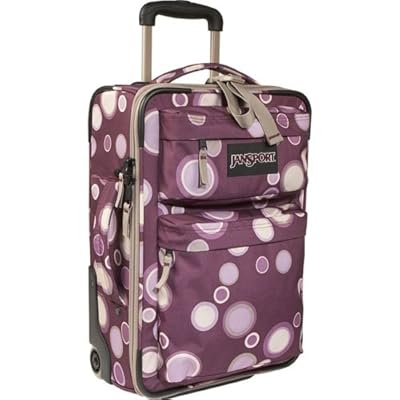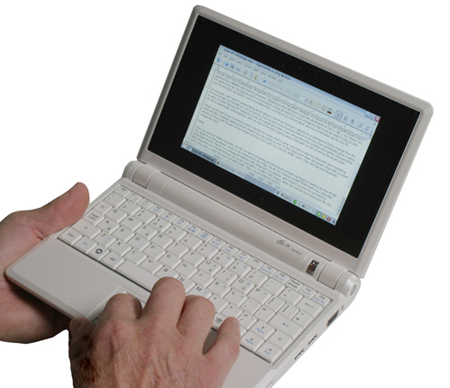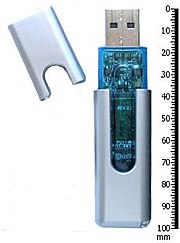With the TSA’s current “3-1-1” rule that prohibits air travelers from carrying bottles of liquid larger than 3 ounces (slightly less than 100 ml), a lot of people have started saving their bottles of hotel shampoo or various travel-size samples they come across.
While those smaller bottles and containers will definitely pass muster at the airport security checkpoint, I personally don’t think they’re your best option. For my money, the best thing to do is to transfer your favorite liquid products into eyedropper bottles.
You can either reuse bottles of eye drops you have in your medicine cabinet, or purchase empty ones. The empty ones you purchase are usually transparent, making it easier to see how much liquid you have left. Recycled eye drop bottles are usually not, making them better candidates for storing photosensitive facial serums and such.
Why do I think eyedropper bottles are so much better?
- The opening is very small, letting you control how much you disburse at once.
- The small opening with a separate twist cap means it’s practically impossible for them to leak.
- The air pressure caused by trying to dispense your liquid through a small opening means it’s significantly easier to get thick liquids out without excessive tapping.

Sample eyedropper bottles of various popular sizes. From left: 1 ounce (30ml), 0.5 ounce (15ml), 0.45 ounce (10ml), all over-the-counter eyedrops, and a half-ounce transparent bottle (purchased as an empty bottle).
How to make your own perfect toothpaste in a bottle
I’ve never been a big fan of tube toothpaste. My favorite is the liquid gel toothpaste from Colgate. Now, I realize you can buy toothpaste powder to avoid having to put your toothpaste in your 3-1-1 baggie, but I’m not a big fan of brushing my teeth with powder; it feels a bit too abrasive for me.
Instead, what I do is tranfer my favorite toothpaste into an empty eyedropper bottle.

A regular bottle of Colgate toothpaste and an empty half-ounce eyedropper bottle.
Step 1: Start by removing the outer cap and the inner dispensing tip.

Start by removing the cap and inner dispenser cap.
The inner dispenser cap is the secret to these bottles, so make sure you don’t lose it.
Step 2: Carefully suqeeze the liquid from your main bottle into the dropper bottle.

Squeeze your liquid into the dropper bottle.
The easiest way to ensure that you can get all the liquid into the dropper bottle while minimizing spillage is to squeeze the dropper bottle and slowly let it expand as you inject liquid into it. The expanding dropper bottle “sucks up” the liquid you are pouring in.
Once the bottle dropper is filled (not quite to the brim; you want enough room for the dispenser tip to fit without spilling), press the dispenser tip until it snaps into place, then twist the cap closed.
Step 3: Take a permanent marker to a mailing label and write down the contents of the bottle.

Write down the content of the bottle on a label.
If you are labeling a bottle that you know will get wet regularly (such as shampoo), use weatherproof mailing labels like this one from Avery. Otherwise, your standard mailing label works just fine.

Weatherproof White Labels from Avery won’t dissolve if your bottle gets wet.
Step 4: Stick your label onto your bottle. To prevent the label from being crooked, align the end of the label against the vertical seam that runs down one spot on the bottle.

Carefully place the label onto your dropper bottle.
Complete! Ta-da! You now have your very own dropper bottle full of toothpaste!

Your own dropper bottle of toothpaste.
One big advantage of using a dropper bottle for toothpaste is that the dispenser cap ensures that you will always get a perfect line of toothpaste to squeeze onto your brush. You will have less waste, and the bottle will stay clean without extra toothpaste clinging to the bottle’s threads.
Before you wonder if a half-ounce bottle is enough, try this test: When you buy your next tube or bottle of toothpaste, use a permanent marker to write down the first day you start using it. Use this same tube/bottle until it runs out, and note the finish date. Figure out how many days it took to go through the full container, and divide it into the size of your container. Chances are, half an ounce of toothpaste will last you at least a couple of weeks. If you’re very fastidious and prefer to brush after every meal, consider taking two of these dropper bottles of toothpaste. When you’re done with one bottle, just toss it in the trash and your 3-1-1 bag just got lighter!
Tips for transferring from a tube (vs. a bottle):
If you like the thicker toothpaste from a tube, it might not be as easy to pour your toothpaste into a dropper bottle. If this is your situation, carefully take your dropper bottle (with the dispenser cap removed), and carefully insert the opening into the mouth of your toothpaste tube. Chances are your dropper bottle will fit, and you can carefully squeeze your toothpaste into the bottle. Make sure you start by squeezing the extra air out of your dropper bottle and expand is as you squeeze in the toothpaste.
You can use dropper bottles for all sorts of liquids, and use different sized bottles based on your need or length of trip. Want to take your favorite fragrance but you don’t want to take a glass bottle on your trip? Carefully transfer your cologne into the tiniest dropper bottle (such as the quarter-ounce size). The cap will stay on and you won’t have to worry about broken glass. And the dispenser cap means you can carefully dab one drop on your wrist!
The biggest advantages about using dropper bottles is that you don’t have to try to find travel-size bottles of your favorite toiletries, or settle for odd-smelling conditioner because that was the only thing available at your local drugstore, and you will wind up with a ton of more space in your 3-1-1 toiletry bag!


On the left, a regular 3-1-1 baggie with regulation-sized liquid bottles. On the right, the exact same items, with some adjustments to containers including using dropper bottles.
These bags both contain bottles of shampoo, conditioner, hair spray, daytime face lotion, sunscreen, liquid foundation, facial cleansing lotion, clear nail polish, and toothpaste.

Travel toiletries in the back, with their smaller siblings in the front.
By converting a few of these products into dropper bottles, we’ve been able to save quite a bit of space.
Finally, forego the disposable baggie, and go with a transparent plastic toiletry bag with a real zipper. The big benefit to those is that they are pleated, meaning you can fit a a lot more items in there.

Minimized toiletries in a zippered toiletry bag.
It looks cavernous in there! Now you have more room to add extra bottles (which you can toss as you go), or add extras like a folding hair brush.
One more thing: This isn’t just for air travel. A small on-the-go kit like this is a great little pouch to keep in your purse (hey, you can brush your teeth after that onion lunch and not worry when you step into your afternoon meeting), or keep it in your gym bag.
Happy toting!






















